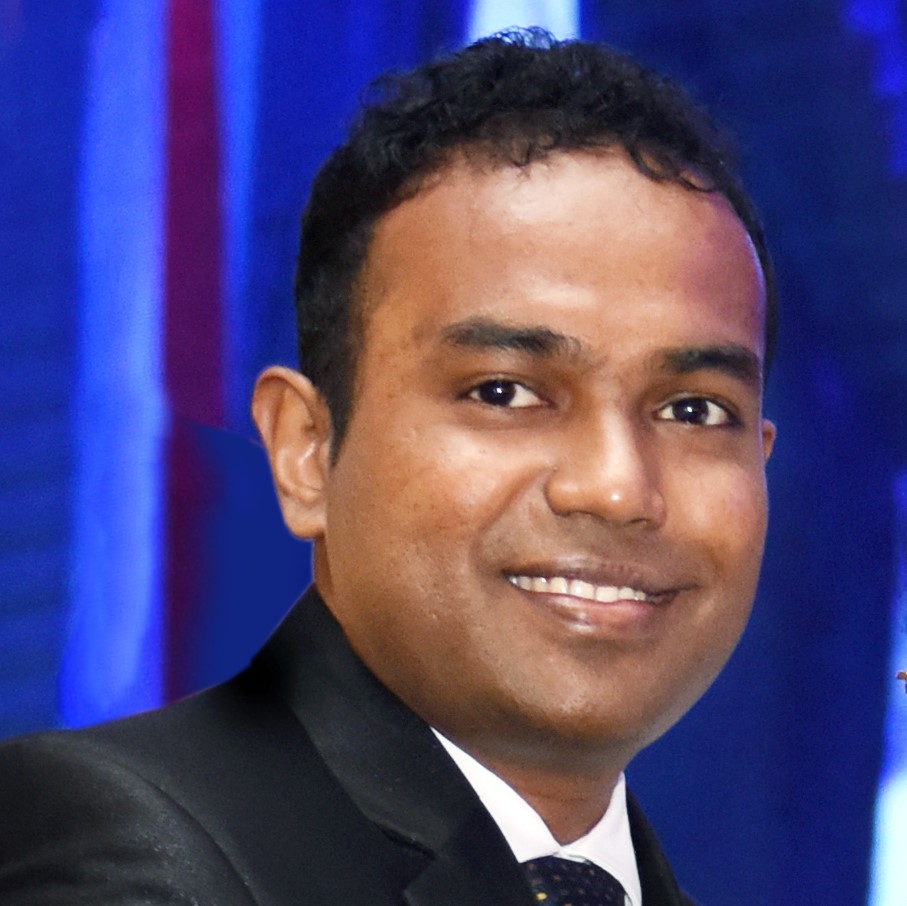Chameera probes ancient construction knowledge to make housing affordable

|
Massive structures like the Pyramids have us wondering how stone blocks were not only carved to such perfection, but also how they were transported to the site. Some historians argue that our ancestors possessed Architectural & Civil engineering knowledge that surpassed the present day. They have gone on to theorize that at least some of these stones were man-made; not carved out of natural rock, but cast using moulds. |
 Prof: Rangika Halwathura |
|
Chameera Udawattha was curious about such ideas from an early age. He says, "my father works in the construction industry and we have had many discussions about these notions". Chameera completed his secondary education from the Royal College, Colombo and obtained a Bachelor of Architecture degree from the University of Moratuwa. He worked in the industry for two years with Dr. Narein Perera who, Chameera says, encouraged him to do further studies and introduced him to Prof. Rankiga Halwatura from the Department of Civil Engineering, who later supervised his PhD thesis. For his research, Chameera went down to the basic elements of construction – bricks and blocks. Cement-stabilized soil blocks (mud-concrete blocks) have the potential to be an environmentally friendly construction material. However, both ingredients have inherent problems. Mud, a combination of soil, silt and clay, though easily accessible, is fragile, and cannot provide the necessary strength. It is prone to surface decay and absorbs water. Cement, the stabilizing agent, consumes a considerable amount of energy during its production process. This increases the cost of the soil-cement combination. “I have always been intrigued by manmade structures and how robust they are. We have many historic structures of our own that does not rely on cement, like the Pagodas and Buddha statues”, says Chameera. “I wanted to tap in to this knowledge and see what mysteries about stabilizers I could unravel”. So, he referred literature and travelled around the country to speak with experts to see what indigenous knowledge he could find. He investigated organic residue such as fly-ash and bottom-ash from burning coal, and organic material like rubber latex, sugarcane bagasse and tree resin as alternatives for cement. He made an inventory of these and taking industry standards from national and international organizations as the benchmark, carried out tests. He built sample walls and gauged their fitness and susceptibility to harsh weather with numerous erosion and durability tests. Rain, wind, temperature, moss and mould were some of the factors he experimented on. A particular mix of mud and fly-ash enhanced with caustic soda illustrated encouraging results. Blocks made using this mud-ash mix was found to be significantly stronger than those made with the mud-cement mix. The cost to manufacture a mud-ash block is also about an order of magnitude less. In addition, using ash which is identified as a harmful industrial waste, helps lower our carbon foot print and preserve the environment. Chameera further investigated into moulds for casting the blocks and also suggested guidelines for improving the process, thereby enabling the manufacturing of better moulds at lower cost. He has also designed and built a machine for manufacturing blocks. This machine, he says, “is fast, efficient and cost effective”. “I am very glad that I decided to do a PhD at UoM. I was supported by a grant from the Senate Research Committee of the University, and my supervisor was helpful not only in guiding me but also in directing me to the right person for further expert advice as my study had many facets to it”. Through professional liaisons with other universities, my supervisor was able to grant me the opportunity of conducting further experiments at the Universities of Peradeniya, Ruhuna and Sri Jayawardenepura”, notes Chameera. He extends his thanks to Prof. Priyan Dias from UoM, Prof. Rohinton Emmanuel from the Glasgow Caledonia University, UK, and Dr. Sagari Kudaligama from the Rubber Research Institute. He is also grateful to the Ceylon Electricity Board for providing him with ash, so that he could successfully complete his investigations. Chameera was awarded a Certificate of Recognition at the President's Awards for Scientific Publications for the year 2016 for his work. His research team was also able to secure other awards as well as several patents related to sustainable construction materials and processes.
|
||

